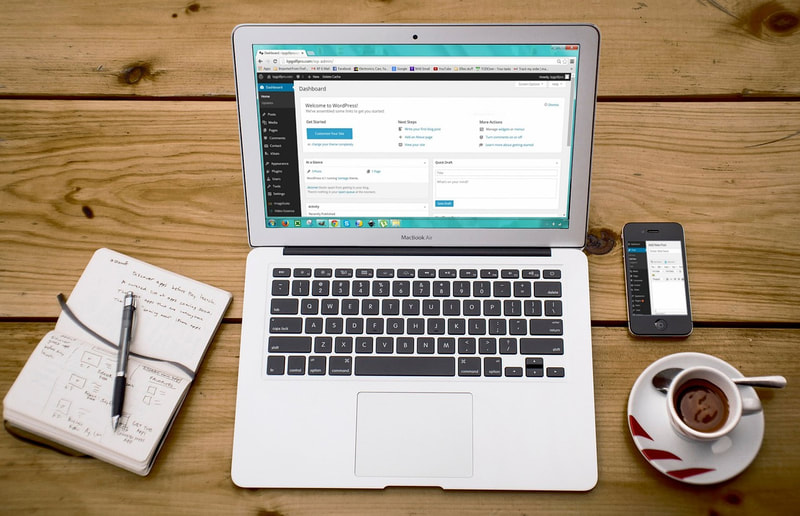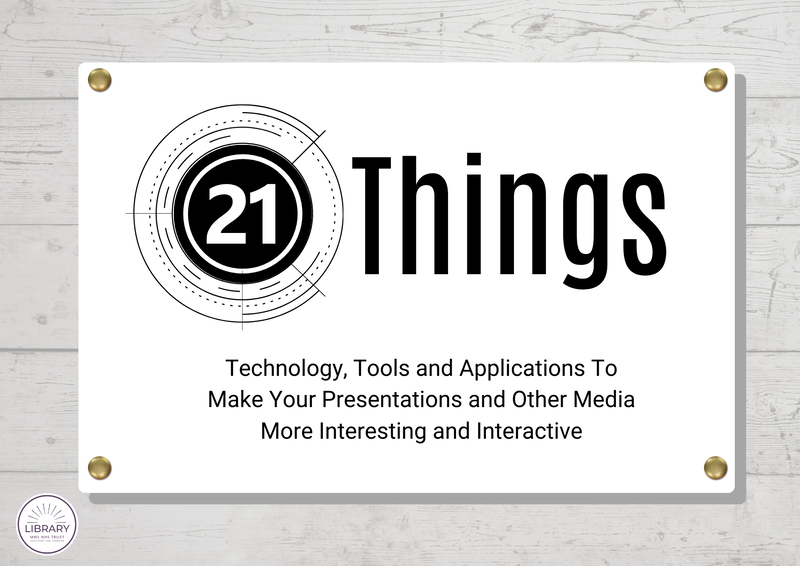Digital Literacy encompasses the skills and abilities necessary for access once the technology is available. Digital Divide implies a gap — whether based in socioeconomic status, education, geography, age, ability, language, or other factors — between those for whom internet access is readily available and those for whom it is not. Digital Inclusion is, in a manner of speaking, the action plan developed to close the digital divide. It marries internet access and digital literacy in ways that reach various audiences (Jaeger et al., 2012)
There are many ways of measuring digital inclusion. The Tech Partnership Basic Digital Skills framework (cited in Lloyds Bank, 2018) describes 5 basic digital skills that can be used to measure digital inclusion and the activities someone should be able to do to demonstrate each skill. These are:
There are many ways of measuring digital inclusion. The Tech Partnership Basic Digital Skills framework (cited in Lloyds Bank, 2018) describes 5 basic digital skills that can be used to measure digital inclusion and the activities someone should be able to do to demonstrate each skill. These are:
- Managing Information: using a search engine to look for information, finding a website visited before or downloading or saving a photo found online.
- Communicating: sending a personal message via email or online messaging service or carefully making comments and sharing information online.
- Transacting: buying items or services from a website or buying and installing apps on a device.
- Problem solving: verifying sources of information online or solving a problem with a device or digital service using online help.
- Creating: completing online application forms including personal details or creating something new from existing online images, music or video.




